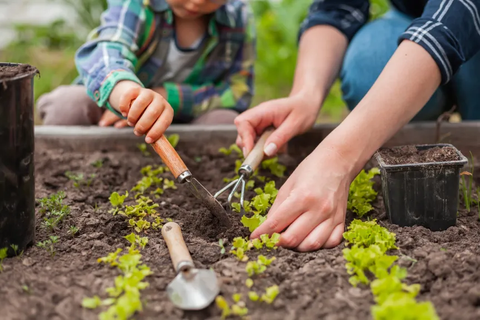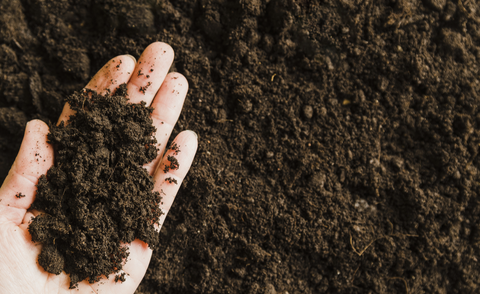To grow Onions in a garden bed, you need to follow the right steps, and here's a simple guide:
Choose the right time: Onions are cold-season vegetables, best planted in early spring or late fall. This is usually when temperatures are lower, usually from February to April or September to October each year. The following content also has some reference value for raised garden beds.
Prepare the soil: Onions need to be grown in soil rich in organic matter and well drained. Make sure the soil pH is between 6.0 and 7.0. You can perform soil tests to determine the pH and nutrient content of the soil.

Choose an onion variety: Choose the right kind of onion for your climate and planting season. There are early and late maturing varieties, as well as red, yellow and white varieties. Buy appropriate onion seeds or seedlings.
Prepare the planting bed: Choose a sunny location on the garden bed. Make sure the soil is unlocked and free of weeds. Soil can be prepared by hand weeding or using turf mulch.
Plant Onions: On the prepared soil, dig small grooves, about 1/2 inch to 1 inch deep, by hand or with a small spade. Scatter the onion seeds evenly in the trough, then lightly cover with some soil. There should be some space between the rows so that the onion has enough room to grow.
Irrigation: Onions need moderately moist soil. Make sure to keep the soil moist, but don't overwater it so the Onions don't take root and rot.
Fertilization: Organic fertilizer can be lightly applied as the onion grows to provide additional nutrients.
Manage weeds: Weed regularly to prevent weeds from competing for onion growth.
Care for the plant:
Caring for onion plants requires careful and regular attention. Here are more detailed care steps:
Keep the soil moist: Onions need to keep the soil moderately moist, but don't overwater it to avoid root rot. Keep the top layer of the soil moist during early growth. Gradually reduce watering frequency so that the soil surface dries out slightly between watering, but the roots remain moist.

Fertilization: Onions need plenty of nutrients to grow. Within 2-3 weeks of onion planting, you can start applying a balanced organic fertilizer. Continue to apply every 3-4 weeks, but avoid fertilizers that contain too much nitrogen, as this may encourage excessive growth of onion leaves and reduce the development of the underground parts.
Maintain ventilation: Make sure there is enough air circulation around the plant, which helps reduce the risk of disease. Do not plant Onions too closely to ensure that air can circulate through the plant.
Deworming and disease control: Check onion leaves and the surrounding soil regularly to look for any signs of the presence of pests or diseases. Common problems include aphids, onion aphids, powdery mildew and brown spot. If a problem is found, take appropriate control measures such as manual deworming, using organic insecticides or fungal insecticides.
Weed control: Check onion beds regularly to make sure there are no weeds competing for nutrients and water. Gently remove any weeds that appear, lest they rob the onion of the resources it needs.
Trim the leaves: When the onion plant is about 6 inches tall, consider gently trimming the top of the leaves. This helps promote healthier growth and larger onion balls.
Harvest: Onions usually need to be harvested at the end of the growing season (usually 70-90 days later). When the leaves of the onion begin to turn yellow and tilt, they are ripe. Carefully scoop up the onion, gently shake off the soil, and dry it, then store it in a cool, dry place with good ventilation.
Observe the onion plants to make sure they are free of pests or diseases. Timely control measures such as manual deworming or the use of organic pesticides are required.

Harvest: Onions usually need to be harvested within 70-90 days of planting, depending on the variety and growing conditions. When the top of the onion begins to tilt and turn yellowish brown, it indicates that it is ripe and can be carefully dug up.
Growing Onions in garden beds requires patience and careful care, but once harvested, you will have fresh Onions that can be used to cook a variety of delicious dishes.









